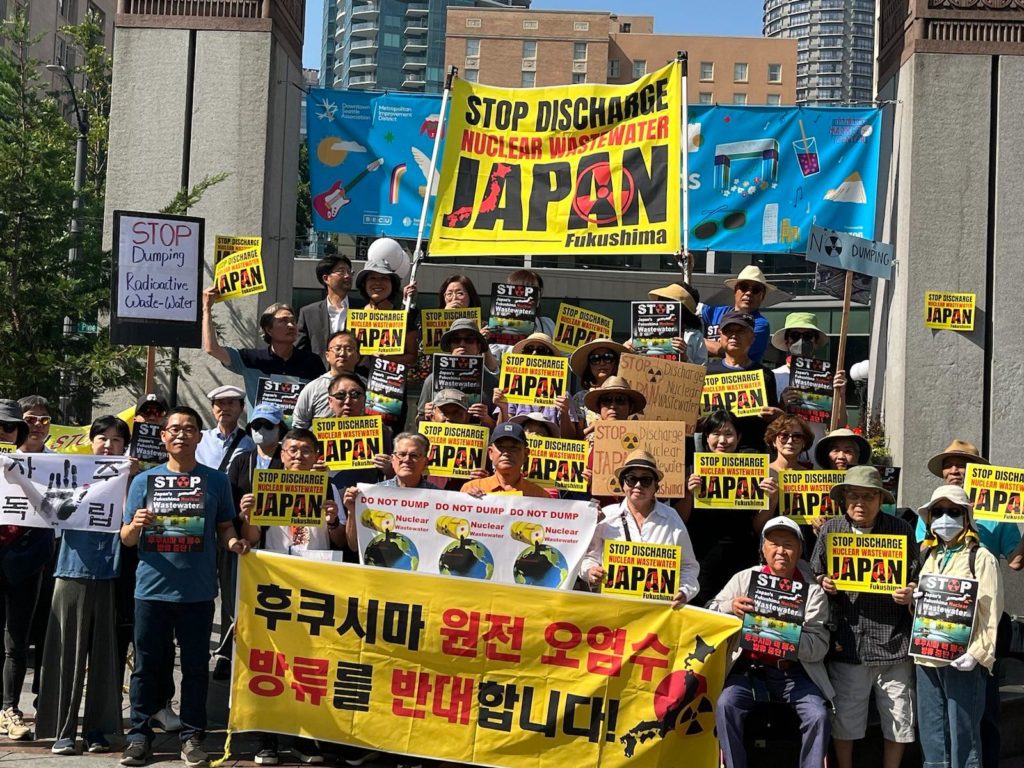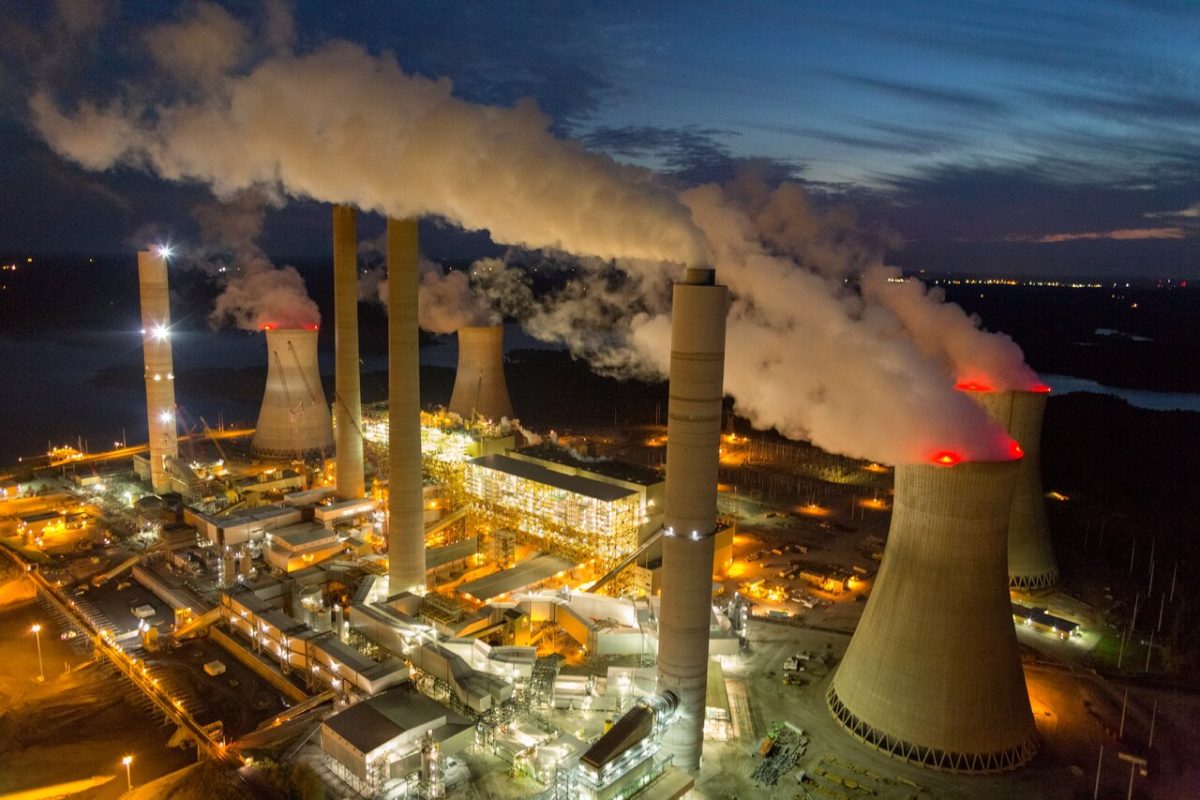A month ago, Japan began its controversial plan to start releasing the wastewater from the Fukushima nuclear plant back into the ocean, a decision that has sparked outrage over its possible health and environmental implications.
12 years ago, the Fukushima nuclear plant suffered a catastrophic meltdown, causing the leakage of radioactive materials into the air and water. Over a million tons of contaminated, radioactive wastewater have since been held in tanks built by the Tokyo Electric Power Company (TEPCO) that manages the plant. However, the company maintains that the tanks are running out of storage, and are taking away resources and space needed to work on the cleanup and closure of the plant. According to CNN, “The company says building more tanks isn’t an option, and it needs to free up space in order to safely decommission the plant – a process that involves decontaminating facilities, dismantling structures and fully shutting things down”.
Thus, following approval by the UN’s International Atomic Energy Agency, Japan launched its plan on August 24 to begin the treatment and gradual discharge of the water back into the ocean across the next several decades.
The plan details a treatment and filtering process intended to remove almost all radioactive elements in the wastewater. Afterwards, the water would then be diluted to keep levels of tritium, a radioactive isotope which can’t be removed and is also naturally present in small amounts in all water, far below international standards where it would become a safety concern. The International Atomic Energy Agency, a global organization involved in maintaining and promoting nuclear safety internationally, had reviewed and given its approval of the plan, with director General Rafael Mariano Grossi saying that the research they did found that the plan “would have a negligible radiological impact on people and the environment” (IAEA). The IAEA plans to continue monitoring the project in action to ensure safety standards will continue to be upheld.
However, despite reassurance from the IAEA and Japanese government, many, both within and outside of Japan, are still concerned over the possible consequences of the decision, with the safety of seafood being called in question. China immediately enacted a ban on all seafood imports from Japan- an action which has been called “economic coercion” by a US ambassador- with Russia potentially following suit in the future. There have also been many protests occurring in nearby Eastern Asian regions including Korea, Macau, and Hong Kong. As a result, Japan’s fishing sector has suffered greatly. North senior Wendy Jiang comments on the influx of misinformation she has seen on social media about the issue, with posts and sources completely neglecting to mention that the water had been treated and regulated for safety. Still, she believes there’s still a possible risk and long-term impact on fish and other marine organisms.
So far, one month into the project, there has not been any detectable changes or effects to the waters by the discharge site. The Japanese Fisheries Agency has been continually monitoring and collecting samples in fish since then, and report that, “No tritium was detected in 64 fish, which included flounder and six other species, collected since Aug. 8 (KyodoNews).”
Whether there is really a significant cause for concern, or if the issue has been largely overblown due to misleading media and information, only time may tell, as scientists continue to study and monitor the ongoing project.








